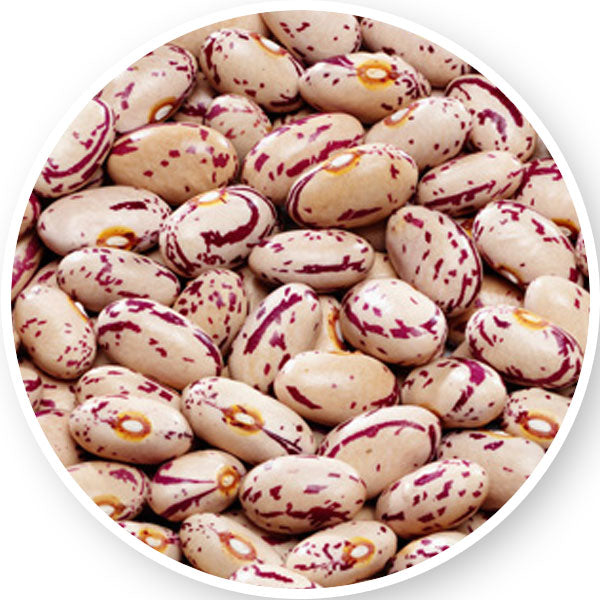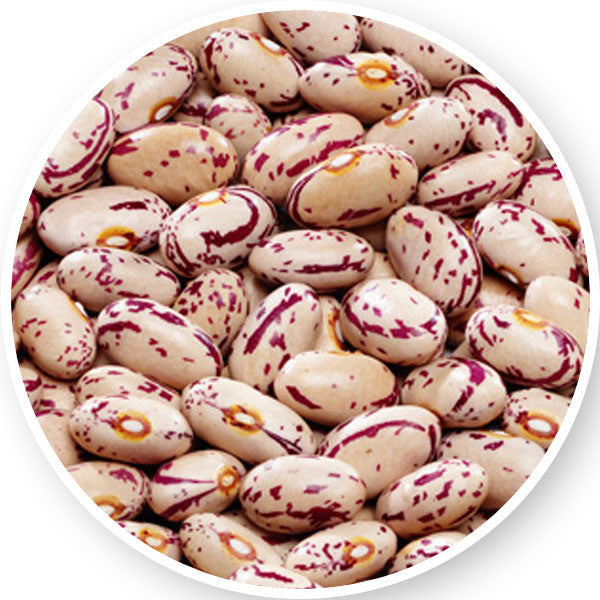Quick Guide to Producing Maize in South Africa
Caiphas MuyamboShare with someone
Maize, the golden crop of South Africa, is a powerhouse with over 1.6 million hectares under cultivation and a whopping 16 million tons produced annually. Whether you're a seasoned pro or just starting out, this video is your quick guide shop for success!
Soil Quality as a pre-requisite for success
If you are to succeed, you have to understand that the foundation of any successful maize crop starts with understanding your soil quality. Soil testing is an indispensable practice that reveals critical information about pH levels, nutrient content, and soil texture. For example, sandy soils tend to lose nutrients rapidly, impacting plant health while clay soil have high water holding capacity and cation exchange capacity (CEC). Knowing your soil's characteristics allows you to make informed decisions about fertilization and amendments, ensuring your maize plants get the nutrients they need to achieve your yield targets. Do not plant your maize seeds without knowing your soil!
Water Availability
Maize plants need water! Water is life for all crops. Assessing water availability is the next critical step. Determine whether your maize production will rely on rainfed conditions or if you will need to implement irrigation systems. Rainfed farming depends on natural rainfall, which can be unpredictable as we learnt with the 2024 El Nino event, while irrigation provides a controlled and consistent water supply, essential for maximizing yields. But irrigation costs money. There are maize seed varieties adapted to rainfed condition and others to irrigated conditions.
Choosing the Right Maize Variety
Selecting the right maize variety is a pivotal decision. In South Africa, farmers can choose between non-GM and GM maize, as well as yellow or white maize. Whether you use GM or non-GM maize seeds, the yield potential remains the same for maize seeds in the same category. The difference is that GM varieties offer additional protection against pests in the case of BT maize and enhance weed control with glyphosate-tolerant hybrids. However, farmers who choose non-GM maize can still achieve the same yields if they manage their crops effectively. Additionally, consider the maturity of the variety—early, medium, or late. Early-maturity varieties, which typically tolerate higher plant populations, are ideal for areas with shorter growing seasons or under irrigation at high plant population. Late-maturity varieties, needing more time to mature, are suited for regions with longer growing seasons but should be planted at lower densities.
Planting and Nutrient Management
Let's no talk about planting. Proper planting techniques and nutrient management are essential for a successful maize crop. Soil pH affects the availability of nutrients to plants. For instance, acidic soils may limit nutrient uptake. Maize crop thrives at pH around 5.8-7.0. If pH is lower, liming is absolutely necessary. By applying the correct NPK (Nitrogen, Phosphorus, Potassium) based on soil test results, you can ensure your crops have the necessary nutrients for growth. For every ton of maize grain produced, approximately 20-25 kg of Nitrogen, 5-7 kg of Phosphorus, and 15-20 kg of Potassium are required. These values help you estimate potential yields per hectare based on your nutrient application. It is important to emphasize that farmers should not plant in acidic soils!
Weed Control and Roundup Ready Maize
Effective weed control is crucial for maximizing maize yields. Weeds always compete with maize for water, nutrients, and light, reducing overall productivity. Roundup Ready maize is tolerant to glyphosate, a broad-spectrum herbicide. Farmers who plant Roundup Ready maize seeds can better control weeds more by applying glyphosate without harming the maize crop. This technology simplifies weed management, reduces labour, and can improve yields by minimizing competition from weeds. However, farmers planting non-GM maize can also achieve effective weed control through integrated weed management practices, including crop rotation, mechanical weeding, and the use of reputable selective herbicides.
Crop Monitoring and Pest Management
Continuous monitoring and pest management are crucial throughout the growing season. Regularly inspect your fields for signs of pests and diseases, and apply appropriate control measures as needed. Bt maize, provides built-in protection against certain pests, such as the African maize stalk borer and the corn earworm. Bt maize produces a protein that is toxic to these pests when ingested, effectively reducing pest damage and the need for chemical insecticides. Remember to observe stewardship and pest resistance management protocols with planting Bt maize.
For non-GM maize, integrated pest management (IPM) is an effective way to manage pests and diseases. IPM combines biological, cultural, and chemical practices to control pest populations effectively, minimizing crop damage and ensuring a healthy yield. This holistic approach not only safeguards your crop but also promotes environmental sustainability.
Conclusion
By following these comprehensive steps—understanding soil quality, assessing water availability, choosing the right maize variety, managing nutrients effectively, estimating yield potential, implementing robust weed control strategies, and practicing continuous monitoring and pest management—you can achieve higher maize yields and greater success in your farming operations.
For more information and resources, visit our Farm Connection YouTube channel.
Happy farming!


